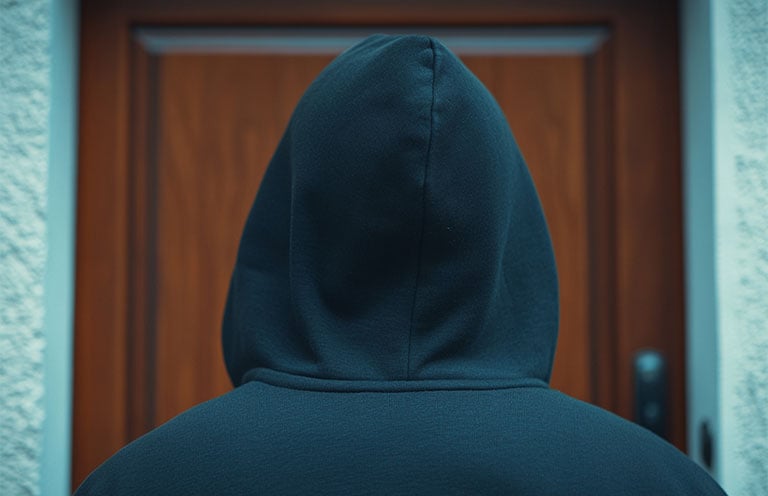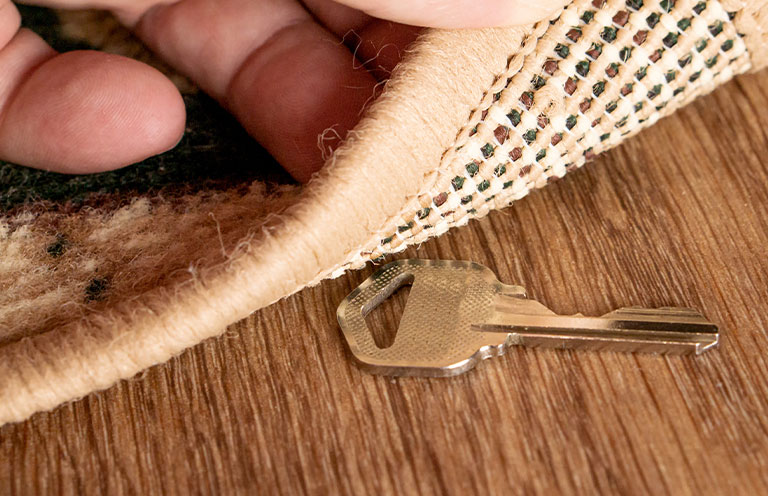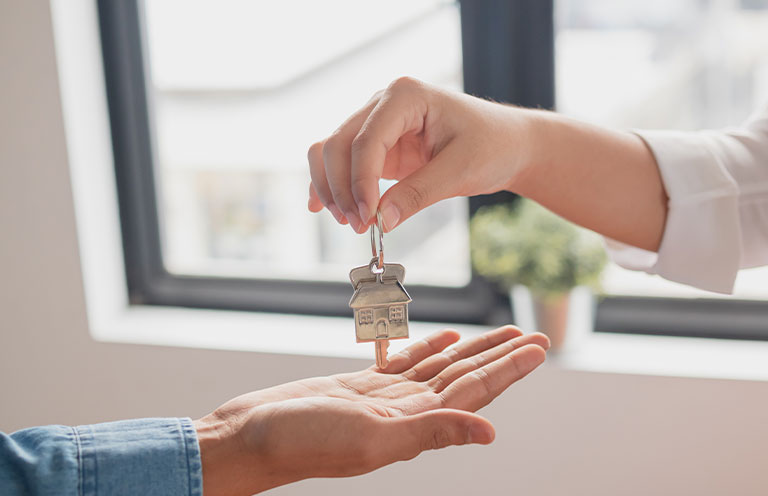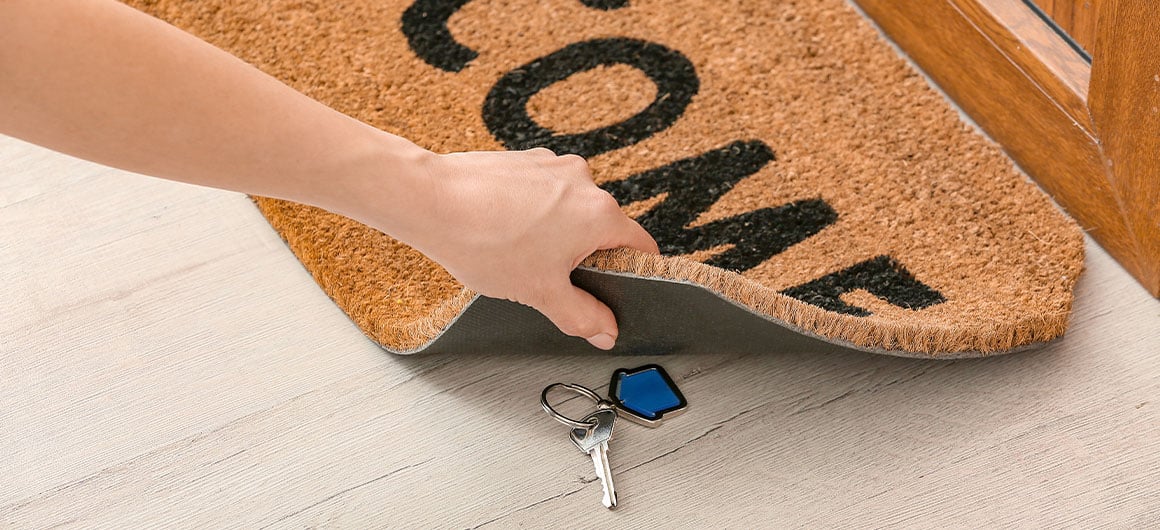
People have been hiding house keys ever since, say, the key itself was invented back in ancient Egyptian times. Those keys were made of wood—and heavy—so it probably made sense to, perhaps, bury a key under a rock in your yard or even store it on your camel.
While house key design and technology have come a long way over the past 4,000 or so years, many homeowners still practice the tradition of hiding spare keys outside their home in the event of an emergency or access for a pet sitter, house cleaner, or other approved visitor. Home security experts generally advise against this practice, however, as it creates holes in your home’s defense. In fact, some of the most common and seemingly “clever” hiding spots are the very ones that thieves know to search first.

“FBI statistics show that about a third of thieves break into a home by going right through the front door, so don’t make it easier for them by having a spare key outside,” says Dan Scroggins, vice president and head of personal lines insurance sales at AAA Club Alliance. “Also keep in mind that if your home were to be burglarized by someone using a key you intentionally left outside, your home insurance could be invalidated.”

Where not to hide your house keys
As we enter the peak vacation months of July and August—which have the highest rates for home burglaries each year, according to the FBI—resist the urge to hide your spare keys in these popular and not-so-secret spots, advises Scroggins.
- Under a doormat—The most clichéd place for a house key doesn’t make for an inconspicuous hiding spot—even when applying some sort of reverse psychology of hiding something in plain sight. Thieves will look under the mat, no matter how obvious a “hiding” place.
- Under a rock—What may have worked for an ancient Egyptian may not work for a modern American. Real or fake rocks, including fake rock speakers, are likely to be (literally) uncovered by thieves in search of keys.
- Under a flowerpot—or a garden gnome, or a plastic flamingo, or any other piece of outdoor décor or furnishing. These pieces often attract attention on their own, including the wily eyes of thieves looking for a key under, on, inside, or around them.
- On top of door ledges—or window ledges, too. Thieves routinely run their fingers across these ledges hunting for keys. Taping keys to ledges also won’t make them secure. Hiding keys on or behind outdoor light fixtures isn’t wise, either.
- Inside your mailbox—Leaving your mail inside your mailbox while you’re on vacation is often an open invitation for a thief to steal your identity. Leaving a key inside, too, is like rolling out the welcome mat and inviting intruders right through the front door. Simply put: Don’t do it.

Where to stash your house keys instead
So, where should you hide your spare keys?
The safest place to keep a backup key is with a trusted family member, friend, or neighbor, says Scroggins. Smart locks (with a combination-protected keypad) can be a safer alternative, too, although their susceptibility to hacking, bad weather, power outages, and wear and tear—however limited—means that they’re not foolproof, adds Scroggins.
If you do opt to hide your spare house keys outside, however, be sure that your hiding spot has this one quality: It’s somewhere you can actually remember. Short of having a camel to hold your key, you don’t want your hiding spot to be so good that even you can’t find your keys.

